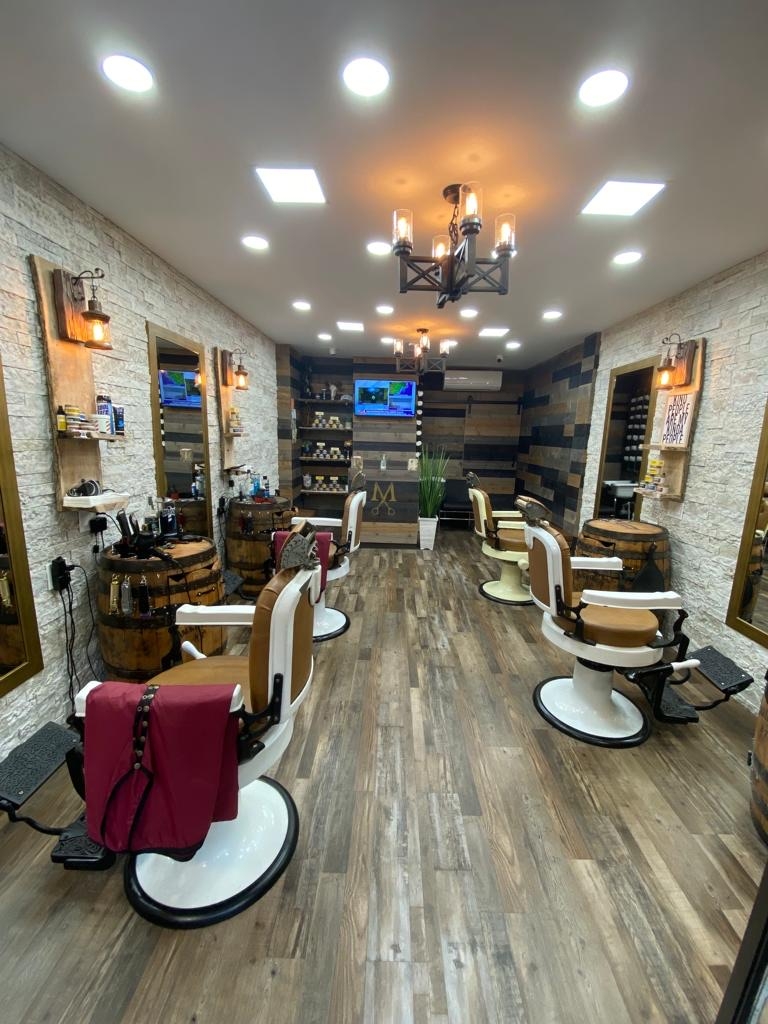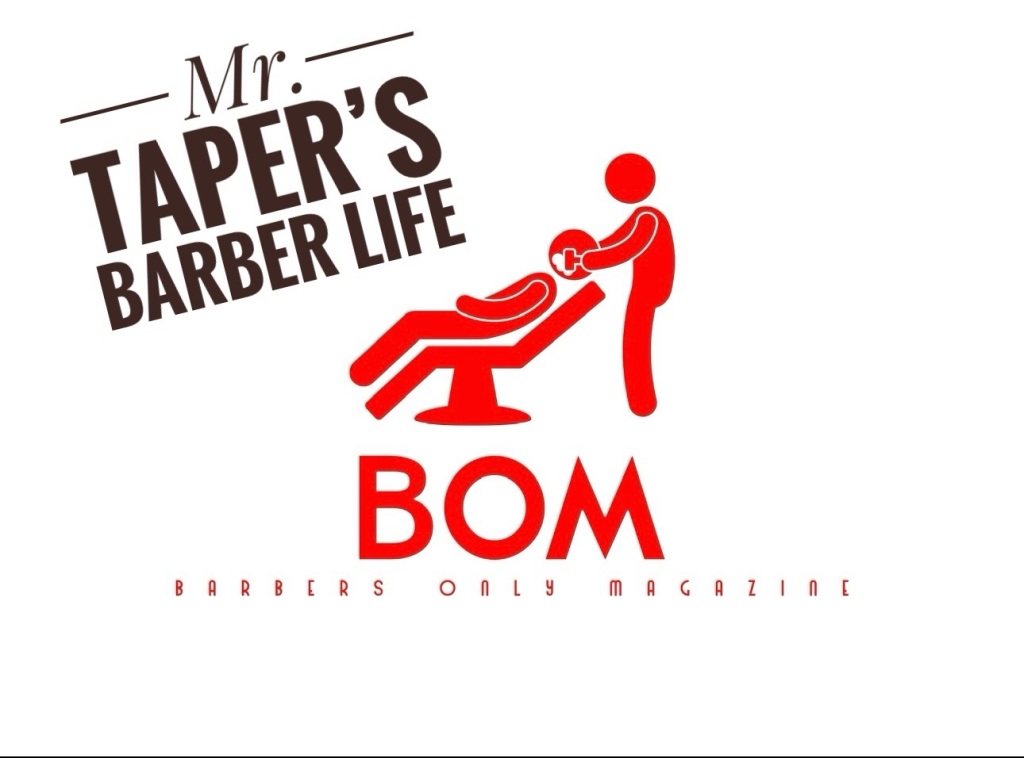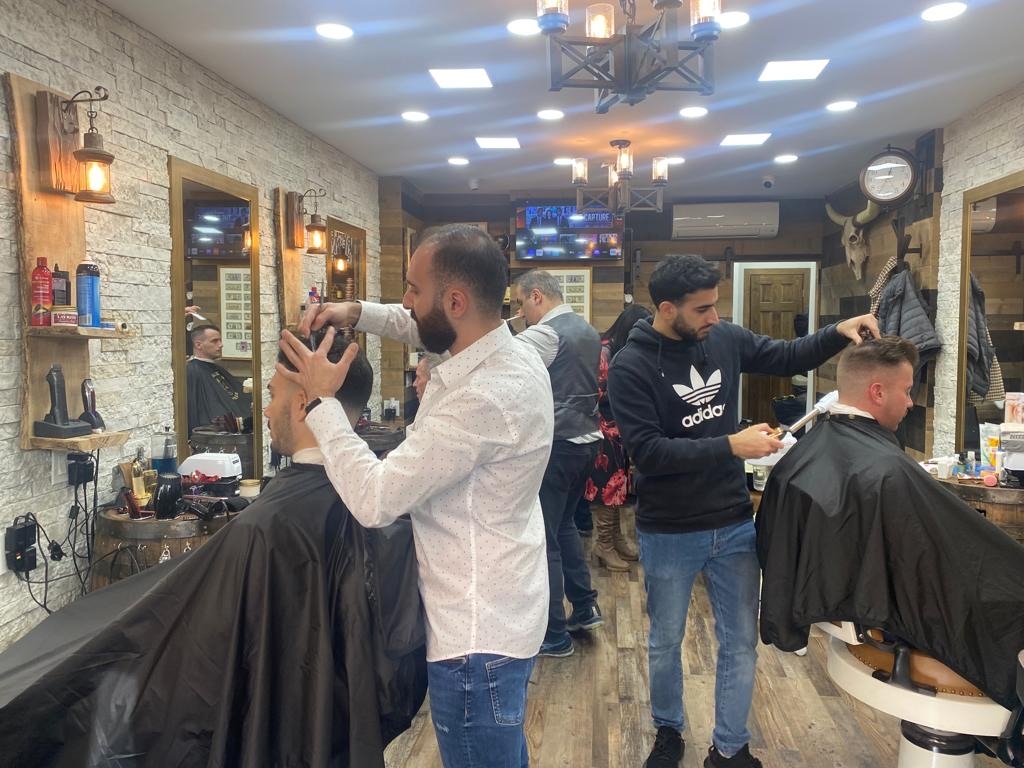

The design of a clipper plays a crucial role in its performance on different hair types. Factors such as blade type, motor power, and blade speed all contribute to how well a clipper can handle various hair textures. For example, a clipper with adjustable blade settings may be more versatile and able to tackle both fine and thick hair with ease. Additionally, the shape and size of the clipper body can impact its maneuverability and precision when cutting different hair lengths.
Key design features that make a clipper suitable for professional use include durable construction materials, powerful motors, and ergonomic designs. Professional clippers often have high-quality blades that can withstand frequent use and maintain sharpness over time. The design may also include features like a comfortable grip, lightweight body, and cordless operation for ease of use during long hours of cutting hair in a salon or barbershop setting.
https://podcasts.apple.com/us/podcast/mr-tapers-barber-life/id1678890979?i=1000647933253

Posted by on 2024-03-11
Tax write-offs for barbers can be a great way to save money on taxes. Barbers can take advantage of a variety of deductions and credits to reduce their taxable income and save money. Here are some of the most common tax write-offs for barbers in 2024. 1. Professional Expenses: Barbers can deduct expenses related to […]

Posted by on 2024-01-02
youtube.com/watch
Posted by on 2023-11-13
Ergonomic design elements in clippers are essential for user comfort during extended use. Features such as a contoured body shape, rubberized grip, and balanced weight distribution can help reduce hand fatigue and strain. Adjustable blade angles and blade guards can also contribute to a more comfortable cutting experience by allowing for customization based on the user's preferred cutting style and technique.

Blade design plays a critical role in the overall effectiveness of a clipper. Different blade materials, such as stainless steel or ceramic, can impact the sharpness and durability of the blade. The design of the blade, including its width, teeth configuration, and cutting angle, can also affect how smoothly and efficiently the clipper cuts through hair. A well-designed blade will provide clean, precise cuts without pulling or snagging hair.
The materials used in the construction of a clipper can significantly affect its durability and longevity. High-quality materials like stainless steel, aluminum, and impact-resistant plastics are commonly used in professional-grade clippers to ensure they can withstand frequent use and accidental drops. The quality of the materials can also impact the clipper's performance, as sturdy construction can help maintain blade alignment and motor efficiency over time.

Design considerations for creating a clipper that is easy to clean and maintain include removable blade systems, washable components, and self-sharpening blades. Clippers with detachable blades make it easier to clean hair clippings and debris from the device, while washable components allow for thorough cleaning and sanitation. Self-sharpening blades can help maintain cutting performance without the need for frequent blade replacements.
The size and weight of a clipper can impact its usability for different individuals, such as barbers or home users. Barbers may prefer heavier, more robust clippers for professional use, while home users may prefer lighter, more compact clippers for personal grooming. The size and weight of the clipper can also affect its maneuverability and ease of handling, with some users preferring smaller, more portable clippers for travel or on-the-go use. Ultimately, the size and weight of a clipper should align with the user's needs and preferences for optimal usability.

When it comes to hairstyles for formal or corporate settings, it is recommended to opt for sleek and polished looks such as a classic bun, a low ponytail, a neat chignon, or a sophisticated French twist. These styles exude professionalism and are suitable for business meetings, interviews, or any other formal occasions. It is important to avoid overly intricate or messy hairstyles in these settings, as they may come across as unprofessional. Additionally, incorporating subtle accessories like hair clips or headbands can add a touch of elegance to the overall look. Overall, choosing a hairstyle that is neat, tidy, and well-groomed is key for making a positive impression in formal or corporate environments.
Achieving a textured crop haircut involves utilizing various techniques to create dimension and movement in the hair. Some specific methods include point cutting to add texture, using thinning shears to remove bulk, and employing razor cutting for a softer, more textured look. Additionally, incorporating layering and blending techniques can help achieve a seamless transition between different lengths of hair. Stylists may also use texturizing sprays or pomades to enhance the texture and definition of the haircut. Overall, a combination of these techniques can result in a stylish and modern textured crop haircut.
To receive a traditional straight razor shave, the individual must first schedule an appointment at a barbershop or grooming salon that offers this service. Upon arrival, the barber will prepare the client's face by applying a hot towel to soften the facial hair and open up the pores. Next, a pre-shave oil or cream is applied to lubricate the skin and reduce irritation. The barber will then carefully shave the client's face using a sharp straight razor, following the natural contours of the face to ensure a close and precise shave. After the shave is complete, a cold towel or aftershave is applied to soothe the skin and close the pores. The entire process is designed to provide a luxurious and relaxing experience for the client, leaving them with smooth and refreshed skin.
Yes, it is possible to receive a beard shape-up without receiving a haircut. Many barbershops and grooming salons offer beard shaping services as a standalone service. During a beard shape-up, a barber will carefully trim and shape the beard to create a clean and polished look. This may involve trimming the length, shaping the edges, and defining the neckline. Some common techniques used during a beard shape-up include using clippers, scissors, and razors to achieve the desired shape. Additionally, beard oils, balms, and waxes may be used to style and maintain the beard. Overall, getting a beard shape-up can help maintain a well-groomed appearance without the need for a full haircut.